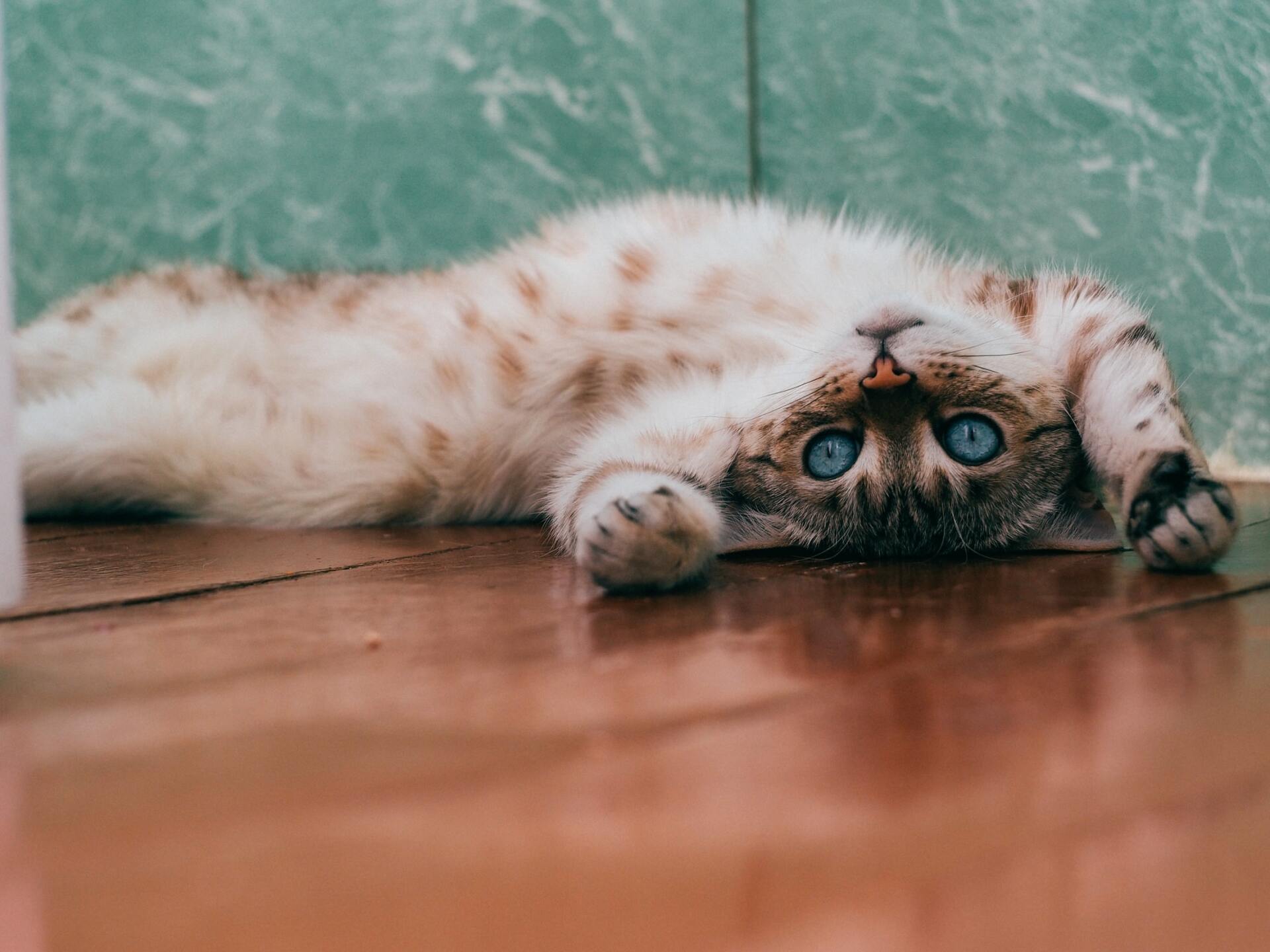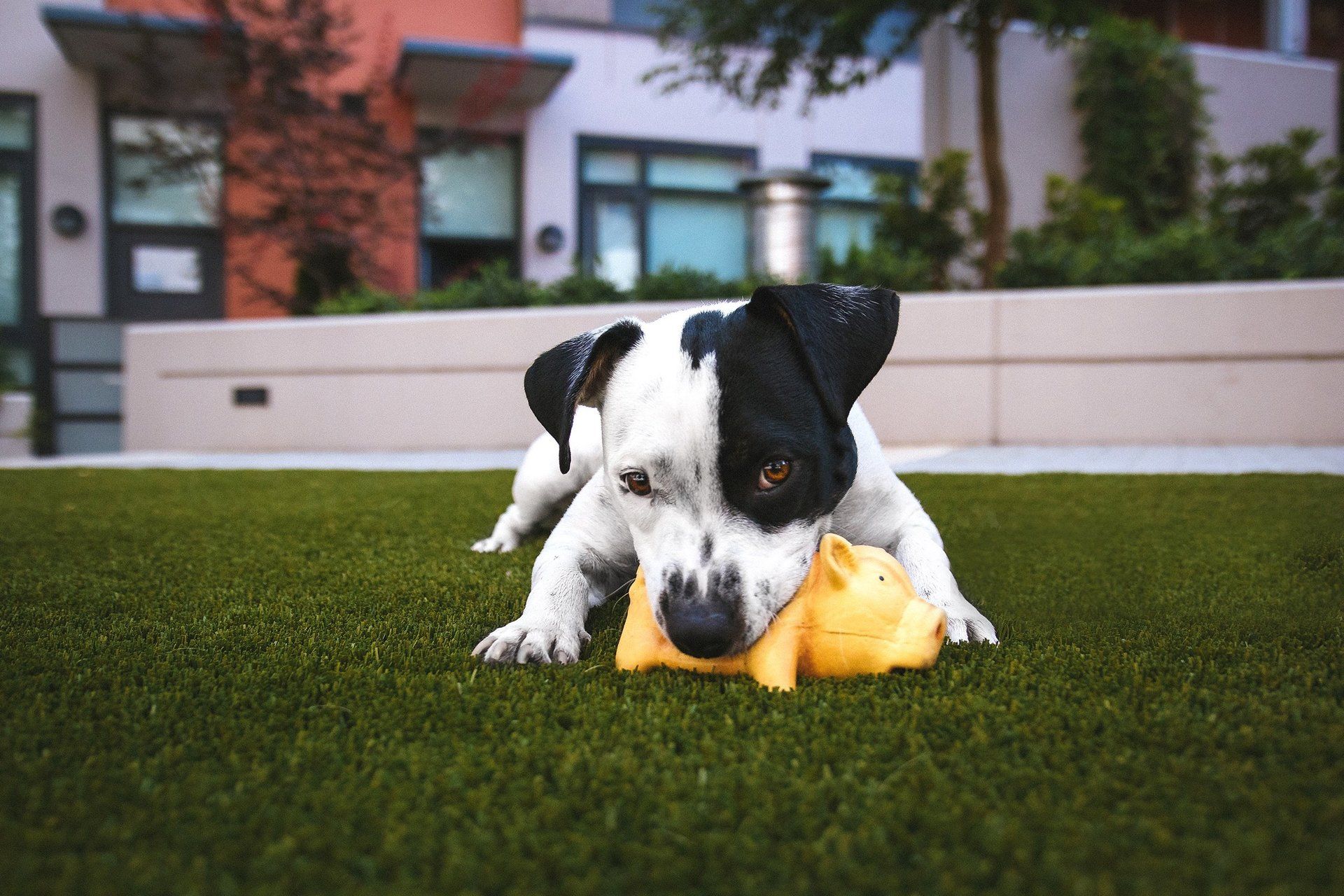




If you are like most dog owners, your pup has received a lot more attention during the COVID-19 quarantine. Where we were once at school or at work for a good portion of the day, we have now been at home for months - and our dogs have gotten used to it. Many people have also adopted dogs during this time for companionship, so these pets may be completely unfamiliar with staying home alone.
As we begin to transition into our phased reopening, more people will be returning to the office and with such a change in routine, some pups can develop a condition called separation anxiety. In order to help prevent dog separation anxiety in a post-quarantine world, there are a few things you can do. Keep reading to learn more about dog separation anxiety and what you can do to help get your pet used to spending long periods of time at home alone.
What Is Dog Separation Anxiety?
Whether in a puppy or an adult dog, separation anxiety is when your dog exhibits extreme stress from the time you leave him alone until you return. This fear can develop when a pet has been undersocialized in the past or has behavioral issues, like noise anxiety and phobias. Dogs who have experienced trauma can also be prone to this disorder.
Behaviors associated with separation anxiety can include:
What You Can Do to Prevent Separation Anxiety
Ignore Your Dog - While it may sound a bit harsh, ignoring your dog while they follow you around the house all day can help them learn that attention-seeking behavior does not get them what they want. As a result, your pup will be more willing and able to accept time alone.
Take Short Trips Without Your Pet - While it is easy to bring your pup with you wherever you go, to help them get used to being alone you can start by leaving the house for a short duration without them. Go for a walk in your neighborhood or make a run to the grocery store and take your time. Gradually increase the length of time you are gone. Doing this helps your pup learn that no matter how long you’re gone, you always come back. When it comes time to go back to work, the 8+ hours you’re away won’t seem nearly as traumatic.
Tire them Out - Wearing out your dog from physical activity leaves them with less energy to feel worried about you being gone for the day. Be sure to take your pup on frequent walks especially before work in the morning when you do go back to the office. Always set aside time to play each day as lots of activity alleviates boredom which allows for less time for stress.
Stimulate Them - Challenging your pup mentally can also tire them out, so give them lots of things to do! Provide several types of toys and games for your dog to enjoy such as a challenging treat puzzle or a Kong filled with a frozen banana or peanut butter. This will keep them occupied and feeling good.
If you have any questions about dog separation anxiety, do not hesitate to
reach out to our team. If your pup is exhibiting concerning behavior, our
veterinary care team is here to help. If you need to leave your dog alone for more than a workday, you may be interested in our
dog boarding service. Contact us to learn more! We serve pet owners in Bryan, College Station, and the surrounding areas.




Pet Boarding & Veterinary Services for the following communities and surrounding areas
Bryan, TX | College Station, TX | Brenham, TX | Hearne, TX
Caldwell, TX | Madisonville, TX | Chappell Hill, TX | Navasota, TX